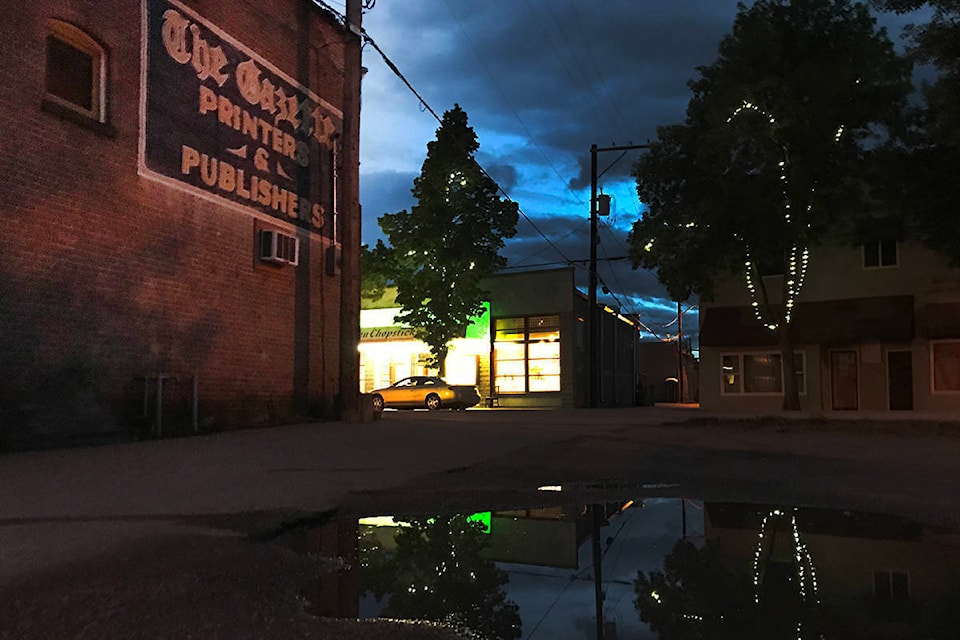In the summer of 1990, one man was shot and killed, another beaten beyond recognition and a child, 14, was bayonetted in the chest over what, on its surface, was a battle over nine holes in the ground and a few dozen condominiums.
“Nine [bleeping] holes in the ground,” one local resident said to a reporter on the scene at the time, appalled.
In Oka, Que., that summer, a series of colonial, centuries-old and expansionist moves into Kanien’kehá:ka (Mohawk) territory was rebutted with a road blockade and an army siege of Mohawk warriors, protecting “The Pines,” an area just outside Kanasatake, territory that the nation claimed (claims) as ancestral land.
Just south of Oka, Mohawks of Kahnawake blockaded the Mercier Bridge, a key entry point to Montreal, for more than a month, in a demonstration of support for their brothers and sisters under siege.
As residents of Kahnawake fled the reserve, fearing a Canadian Army occupation that summer, their cars were pelted with stones and debris by furious protestors, while police stood guard along the roadside. The projectiles shattered car windows, bludgeoned passengers, and broke any illusion of tolerance that anyone in the area may have had.
“This visceral display of hatred and violence – rarely seen so publicly in Canada – shocked the nation and revealed the severity of the dangers that faced the Kanien’kehá:ka in their struggle to defend a sacred site,” reads the National Film Board’s (NFB) description of Rocks at Whiskey Trench, a documentary by prolific Abenaki director Alanis Obomsawin that tells that story.
The crisis, which lasted 78 days and was only ever partially resolved – the federal government bought the land disputed but has yet to give it to the Mohawk nation – serves as a reminder to Canadian governments of all levels that until land claims are settled across the continent, disputes such as Oka could flare up again.
There are several things to highlight as we watch another land rights issue send waves across the continent. First is the fact that our federal government still appears very uncertain (or perhaps unwilling?) to enter into good-faith discussions with nations, despite ministers making whistle stops claiming reconciliation.
It’s not even as though the issue suddenly popped up in the ’90s. In 1969, the Mohawks of Akwesasne and St. Regis (a reserve that sits on an island in the St. Lawrence river and divides Canada from the U.S.) set up a blockade because they were made to cross the Canada-U.S. border within their own reserve. Canadian authorities compelled Akwesasne citizens to pay duties on purchases (even when they were just travelling within their own reserve), conflicting with language of the Jay Treaty of 1794 between His Britannic Majesty and the United States of America. (Learn more by watching the documentary You Are on Indian Land, on the NFB’s website).
Another thing that the Wet’suwet’en blockades and demonstrations have highlighted is the ignorance, miseducation and (sickeningly) the hate that emerges from commenters, commentators and politicians alike. We don’t know our own histories.
When comments incite violence (“Mow them over,” “Arrest them all,” etc.), I picture the Mohawk elder who suffered a heart attack after a large rock crashed through the window of the car he was riding in and hit him at Whiskey Trench.
Beyond the comments that appear hateful, many more appear to be ill-informed.
I was born four years after Oka. In school, I remember very few, if any lessons or discussions around Oka, except for that picture of the soldier and the Mohawk warrior facing off. I also learned little about treaties and the Indian Act, the piece of legislation that set out the model for elected band councils, led to the banning of language and cultural transmission or practice for decades, and took it upon itself to decide who belonged to which nation, if any. It still exists today, with several amendments.
I’m very far from being well-versed on the subjects of land rights and Aboriginal title, but I think it’s incumbent on us as citizens of Canada to try to understand these issues that underlie pipeline disputes and land rights and legacies of state-sanctioned discriminatory practices.
I was one year old when the Canadian government spent more than $5 million and fired more than 70,000 bullets during the 1995 Gustafsen Lake Standoff in the Cariboo region of B.C. Again, it was an issue around traditional lands, and it was again dealt with through colonial violence.
Personally, this time around, I’d much rather listen to discussions on underlying land rights than to focus solely on ramming through another individual project with violence. It may solve the here and now for some, but there will be another if we don’t all try to understand what’s really at play. We all need to learn.
